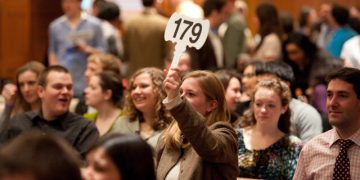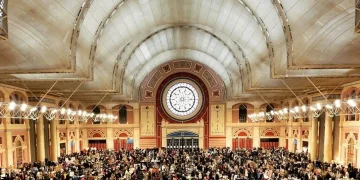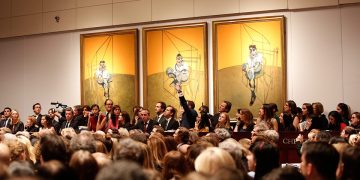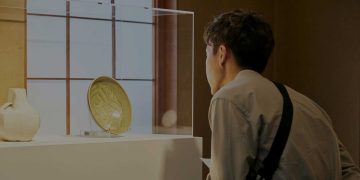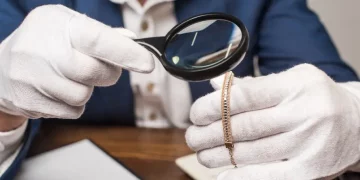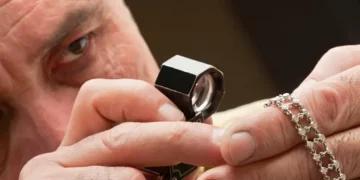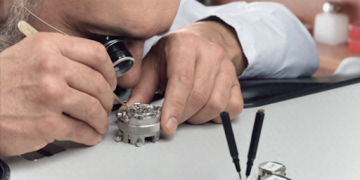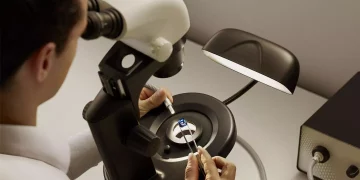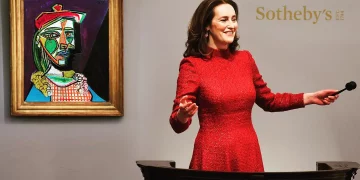In recent years, the world of collectibles auctions has undergone a profound transformation, largely driven by advancements in technology. This digital revolution is reshaping how collectors, enthusiasts, and investors engage with the buying and selling of rare and valuable items. From virtual bidding platforms to AI-assisted valuation tools, technology is making it easier and more efficient to participate in collectibles auctions. In this article, we will explore the role technology plays in revolutionizing collectibles auctions, the benefits of online auctions for global participation, virtual tools enhancing the bidding experience, and resources available for mastering these new auction technologies.
How Technology is Revolutionizing the Way Collectibles Are Auctioned
Historically, collectibles auctions were limited to in-person events, often requiring collectors to attend physical locations or rely on printed catalogs to view available lots. These traditional methods restricted participation to a limited pool of buyers and sellers, often those in close geographic proximity to the auction house. The process was time-consuming, expensive, and limited in terms of accessibility.
The advent of the internet, however, has fundamentally shifted the collectibles auction landscape. Online auction platforms now offer collectors the opportunity to participate from virtually anywhere in the world. Websites like eBay, Heritage Auctions, and Christie’s have set the stage for a new era of bidding, where users can browse, bid, and win items without leaving their homes. The ability to connect collectors from different parts of the world has expanded the market for rare collectibles exponentially. Auction houses no longer have to rely solely on their local clientele; instead, they can reach a global audience with the click of a button.
The rise of mobile technology further enhances this accessibility. Collectors can place bids, track auctions, and even engage in live bidding from their smartphones or tablets, ensuring they never miss an opportunity to secure a coveted item. The convenience and flexibility offered by these digital platforms have made it easier for both seasoned collectors and newcomers to engage in the auction process.
Moreover, technology has enabled auction houses to reach larger, more diverse audiences. Live streaming of auctions has become commonplace, allowing remote participants to watch the action unfold in real-time. This virtual experience mimics the atmosphere of an in-person auction, with the added convenience of being able to participate from the comfort of one’s own home.
Benefits of Online Auctions for Global Participation
One of the most significant advantages of online collectibles auctions is the ability to bring together buyers and sellers from all corners of the globe. Traditional, physical auctions were often limited by geography, with buyers needing to be present at the event or rely on phone bids to participate. However, online auctions break down these barriers and allow for instant, worldwide participation.
Online auction platforms, such as eBay and other specialized websites, allow users from different countries to bid on items with ease. This has created a more competitive and dynamic marketplace, as items can attract bids from across the globe. For rare collectibles, this means that sellers have access to a much larger pool of potential buyers, increasing the likelihood of achieving the best possible price for their items.
Moreover, online auctions often extend beyond traditional items like artwork, vintage cars, or rare stamps. Niche markets have flourished in the online space, with collectibles ranging from comic books and sports memorabilia to limited edition sneakers and pop culture artifacts. With online auctions, collectors can tap into a broader range of items and connect with fellow enthusiasts who share their passions.
For buyers, the benefit of global participation is the ability to access items that might otherwise be unavailable in their local markets. Whether it’s a rare coin, a signed first edition book, or a piece of classic sports memorabilia, online auctions provide a platform for acquiring highly sought-after collectibles from anywhere in the world. This expanded access makes it easier for collectors to complete their collections and acquire items they may have otherwise missed.
Additionally, the ease of participating in online auctions has made them more appealing to a younger demographic of tech-savvy collectors. Younger buyers are increasingly turning to digital platforms for their auction needs, further contributing to the global expansion of the collectibles market.
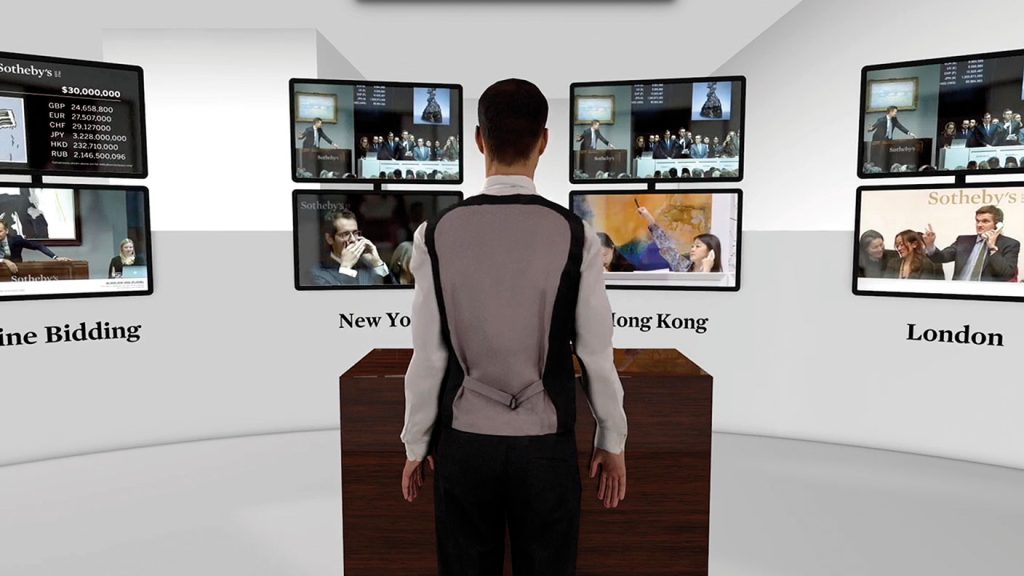
Virtual Tools That Enhance the Bidding Experience
The online auction experience is no longer just about placing a bid and hoping for the best. Technology has introduced a range of virtual tools designed to enhance the bidding experience for both buyers and sellers. These tools provide real-time information, improve user interfaces, and help ensure a seamless and engaging auction experience.
- Live Streaming and Interactive Bidding
Many auction houses have embraced live streaming technology to offer real-time broadcasts of their auctions. Platforms like Heritage Auctions and Christie’s enable users to watch auctions as they happen, providing a virtual front-row seat to the action. Bidders can view items up close and track the progress of bids in real-time, creating a sense of excitement and urgency akin to attending a physical auction. - Bid Alerts and Notifications
Online auction platforms often feature bid alert systems that notify users when they are outbid or when an auction is about to end. This feature ensures that bidders stay engaged and have the opportunity to adjust their bids as needed. Some platforms even allow for automatic bidding, where users set a maximum bid, and the system will automatically place bids on their behalf up to that limit. These tools provide added convenience and reduce the risk of losing out on an item due to missed bids. - Augmented Reality (AR) and Virtual Showrooms
In some cases, auction houses are using augmented reality (AR) and virtual showrooms to provide potential buyers with an immersive viewing experience. For example, a collector looking at a vintage watch or a piece of fine art can use AR to visualize how the item will look in their own space or view it from different angles. These technologies bridge the gap between the digital and physical worlds, making online auctions more interactive and engaging. - AI-Assisted Valuations
Artificial intelligence (AI) is increasingly being used in the valuation of collectibles. Auction houses can leverage machine learning algorithms to assess the rarity, condition, and potential value of items more accurately. By analyzing data from past auctions and current market trends, AI can help auction houses provide more precise estimates, benefiting both sellers and buyers. - Blockchain and Smart Contracts
Blockchain technology is also being explored for use in collectibles auctions. With blockchain, transactions can be securely recorded, and ownership can be verified, ensuring that buyers and sellers are protected from fraud. Additionally, smart contracts can automate certain aspects of the transaction process, providing a seamless and transparent experience for all parties involved.
Resources for Mastering New Auction Technologies
As the collectibles auction landscape continues to evolve, it is essential for both new and experienced collectors to stay informed about emerging technologies and how to navigate the digital auction world. Fortunately, there are numerous resources available to help collectors master these new technologies.
- Online Tutorials and Webinars
Many auction platforms offer tutorials, webinars, and educational content designed to help users familiarize themselves with online auction tools. These resources can provide valuable insights into bidding strategies, navigating virtual auctions, and understanding the various features offered by different platforms. For example, platforms like eBay and Heritage Auctions have dedicated support sections and online guides that walk users through the auction process step-by-step. - Auction House Blogs and Newsletters
Auction houses often maintain blogs and newsletters that offer valuable information about upcoming auctions, market trends, and tips for buyers and sellers. Subscribing to these blogs and newsletters can help collectors stay up-to-date on the latest auction technologies and gain insights into the collectibles market. - Online Collectibles Communities
Engaging with online communities, such as forums and social media groups dedicated to collectibles, can be a great way to learn from other collectors’ experiences. Many experienced collectors are eager to share their knowledge of online auction platforms and can offer tips on how to navigate the digital bidding process effectively. - Tech Blogs and Review Websites
For those looking to dive deeper into the technological side of the collectibles auction world, tech blogs and review websites offer detailed analyses of the latest auction platforms and tools. These resources can help collectors identify the most user-friendly and feature-rich platforms for their needs. - Professional Consultants
For those who are serious about maximizing their success in online auctions, some professionals specialize in auction strategies and valuations. These consultants can provide personalized advice, helping collectors fine-tune their bidding strategies and make more informed decisions when participating in auctions.
Conclusion
Technology has irrevocably changed the way collectibles are auctioned, creating new opportunities for both buyers and sellers. The shift from traditional, in-person auctions to digital platforms has expanded the reach of the collectibles market, allowing participants from around the world to engage in auctions with ease. With the help of virtual tools like live streaming, augmented reality, and AI-assisted valuations, the bidding experience has become more immersive and interactive. For collectors eager to master these new technologies, a wealth of resources, from online tutorials to professional consultants, is readily available. As the auction landscape continues to evolve, those who embrace these technological advancements will be well-positioned to thrive in the exciting world of online collectibles auctions.


